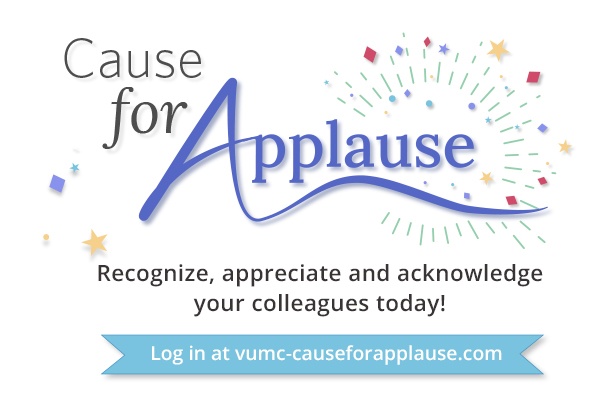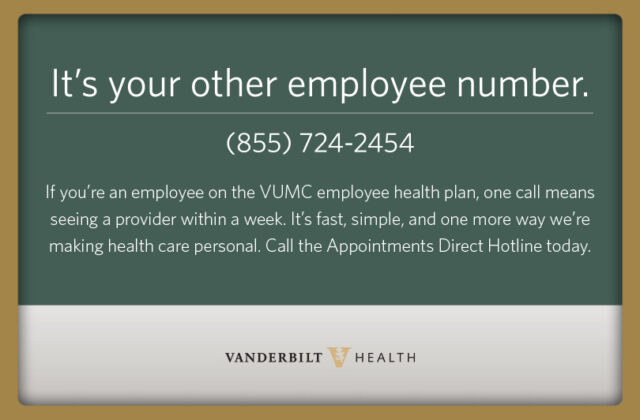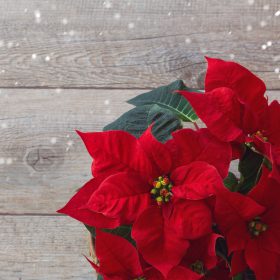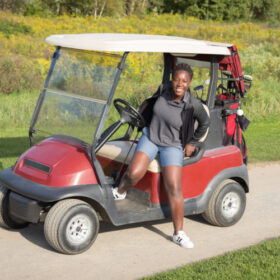The whitewater trip was a disaster. It motivated Renée Garside to become an expert kayaker.
There’s no doubt she loves it, especially when she says things like: “I just love it, love it, love it.”
June 18, 2021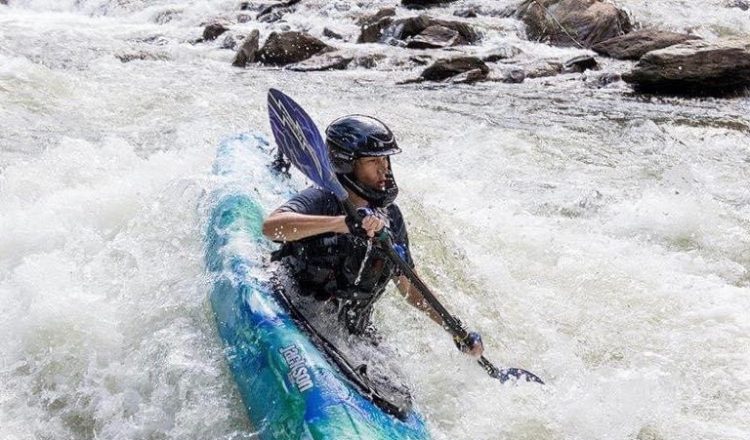
Renée Garside skillfully navigates the Hell Hole, a challenging rapid in the Ocoee River in East Tennessee.
A whitewater adventure with friends that went disastrously wrong led Vanderbilt University Medical Center budget analyst Renée Garside to fall completely in love with paddling.
“Every summer, some friends and I would go rafting on the Ocoee River,” she explained. “One year [she thinks this was about a dozen years ago], we decided to raft the whole river – there are two sections, the upper and the lower.”
The group’s experience on the upper portion, the Olympic section of the river, did not go smoothly.
“One friend got hit in the face with a paddle, I nearly lost my life jacket, and somebody else got their fingernail ripped off,” Garside said. “It was pretty traumatic. But we ended up getting back in the boat and finishing the river. Later that night, I said, ‘When are we coming back? I need to tackle that monster.’”
Her battered, traumatized friends stared back and told her she was absolutely insane and that they wouldn’t be coming back. Ever.
Garside, who is a budget analyst for the Southeast AIDS Education Training Center based at VUMC, decided that since her rafting buddies had thrown in their oars, she would take kayaking lessons on her own to better learn the basics of paddling.
She did way more than that.
Tough week at work? Hit the river.
Now, just over a decade past that calamity-filled Ocoee trip, Garside is an American Canoe Association (ACA)-certified Level 4 whitewater kayaking instructor and a Level 3 swiftwater rescue instructor. She owns and operates Middle Tennessee Kayaking Lessons and teaches beginning to Level 3 intermediate paddlers both flatwater and whitewater paddling. Garside also leads paddling clinics and schools for the Tennessee Scenic Rivers Association (TSRA).
“TSRA was one of the first groups I got into,” she said. “I just started learning, and enjoying it and making a family out of these people that I spend my summers with.”
When the otherwise calm number-cruncher-by-day talks about paddling, and especially about her passion of teaching water safety skills, Garside’s voice animates with excitement. There’s no doubt she loves it, especially when she says things like: “I just love it, love it, love it.”
In fact, Garside’s been bitten by the river bug so hard that she recently bought property in East Tennessee where she’s planning to build a cabin and pursue a self-sustaining lifestyle near some of the region’s best white water. And every year, as winter’s chill dissipates from lakes, rivers and streams, she expects to be out paddling in one of her six kayaks and teaching others how to be safe and have fun on the water.
“Getting on the water is the way that I care for myself,” she said. “It’s part of my unwinding and decompression. If I have a tough week at work, on the weekend you’ll find me on the river — in the sun, in the water, swimming and paddling, and then camping with my friends and hanging out at the campfire. It’s a way to get outside and be one with nature. It sounds a little corny, but it’s true. There’s nothing like it.”
If the water is to your knees, wear a life jacket
Helping others learn to respect the water and take safety seriously, while also learning an amazing outdoor sport, gives her incredible joy. She also knows her words and example can save lives.
“A lot of people think, ‘Oh, it’s just a plastic boat and a paddle, how hard can it be? You get in it, you paddle and you go.’ Well, that’s fine until you run into trouble. There are so many different variables associated with kayaking that you absolutely have to take into consideration to be safe, from the water temperature to the wind and the weather.”
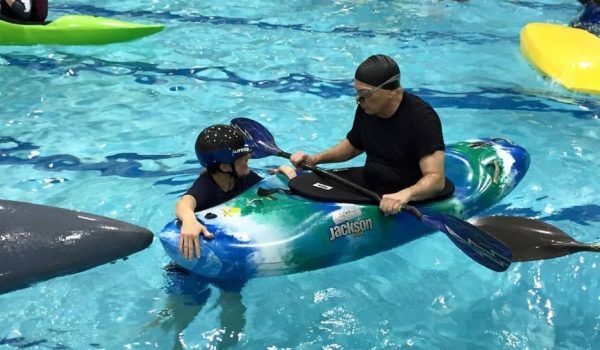
Renée Garside teaches a kayaker during a Tennessee Scenic Rivers Association (TSRA) class.
Garside teaches most often on J. Percy Priest Lake at the Cook Day Use Area, not far from Nashville Shores. One of the first things she shows students before they put kayaks into the water is a sign posted prominently and purposefully by the boat ramp. “It says something like, ‘273 people have drowned in Percy Priest Lake and only three of those people had a life jacket on,’” she said.
“Life jackets are so, so, so important. I wear my life jacket if I’m in 2 feet of water. I can swim, but I could have a heart attack or I might pass out for some reason. That life jacket is not only to save my life, but it can help somebody else save me. If I fall in the water face down, it’s keeping me afloat, and they can grab that life jacket to pull me out of the water.”
Even though Tennessee law requires every watercraft to have some sort of floatation device on board while on the water, it doesn’t require boaters to actually wear a life jacket.
“People say, ‘Oh, well, if I come out of the boat, I’ll put it on,’” Garside said. “Have you ever actually tried to put on a life jacket after you fall out of a boat? Yeah, nine times out of 10, the life jacket’s already floated down the river without you.”
The problem with cheap kayaks
During the pandemic, people realized kayaking was an easy way to be physically distant from others, get out of the house and have a great time with friends and family. Kayaks, canoes, stand-up paddleboards and all the related gear sold out at sporting goods stores. Unfortunately, according to the ACA, paddle sports-related deaths nationally are also increasing, on trend with the growing popularity of the pastime.
“What I recommend to anybody and everybody before you go buy gear, is to go to a beginning kayak class,” Garside said. “A lot of people run out and buy the cheapest boat they can find, and then they find themselves taking on water in the middle of a lake. Now, why would you want to put your child into the cheapest boat you can find?
“If you take a class, you learn from the instructor what you need, and then you can make an educated decision on something that’s safe for you and your family. And you learn basic safety, so if something were to happen you can act based on knowledge. Say all of a sudden there’s a storm on the water or you flip over, what do you do? And how do you save someone else? What if it’s your kid? That’s why these classes are so important because it’s too late when you’re already in the water.”
If you’ve never paddled, or if you’ve been paddling for years but would like to improve your skills and safety knowledge, TSRA offers many courses, taught by Garside and other ACA-certified instructors. You can sign up at https://paddletsra.org/. At introductory courses, instructors typically bring several types of kayaks for attendees to compare before investing in a boat.




